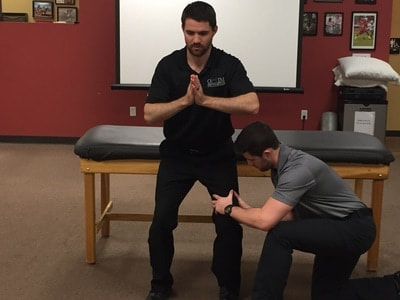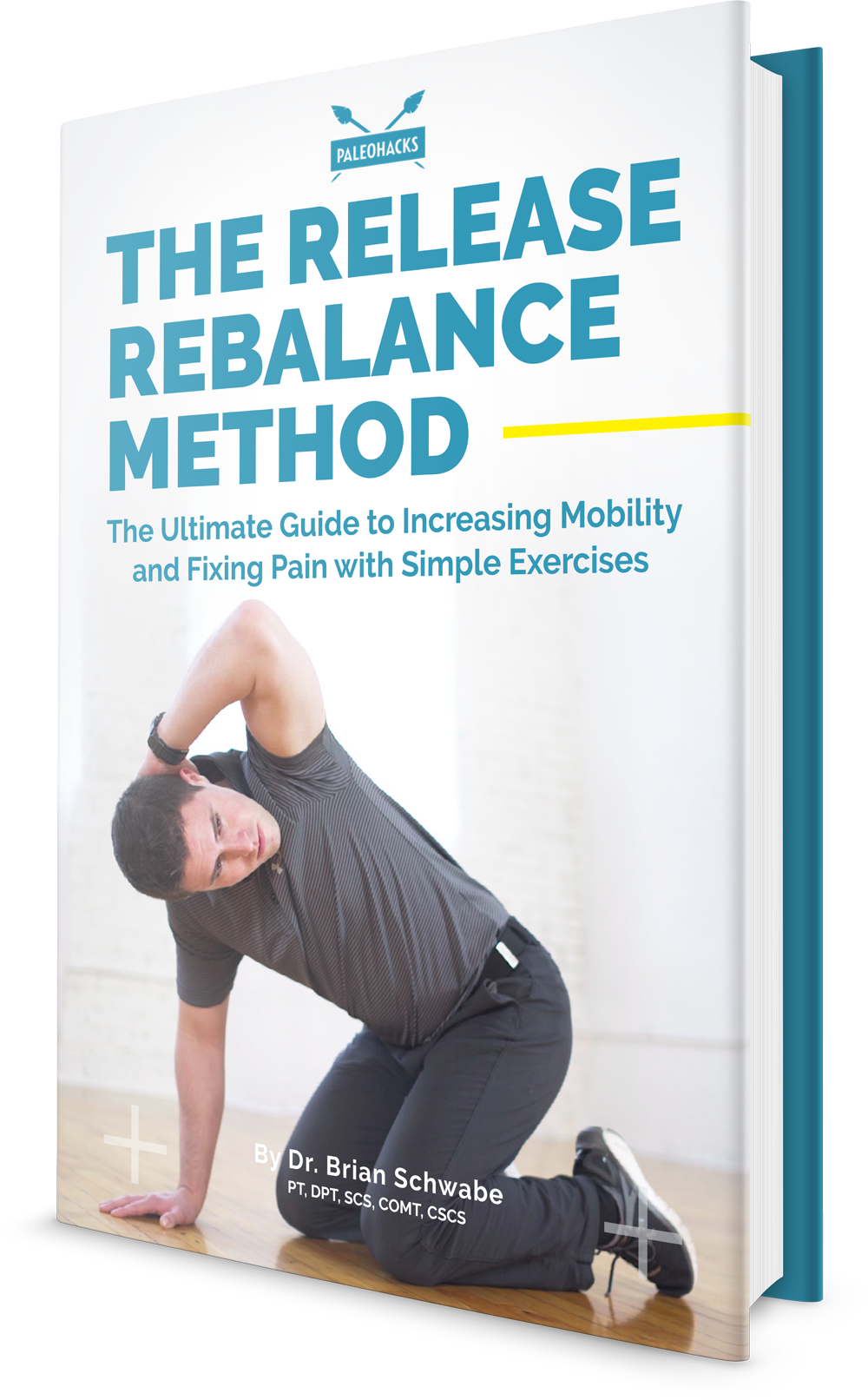- Home
- About Us
- TSPT Academy
- Online Courses
-
Resources
- Newsletter
- Business Minded Sports Physio Podcast
- Day in the Life of a Sports PT
- Residency Corner
-
Special Tests
>
-
Cervical Spine
>
- Alar Ligament Test
- Bakody's Sign
- Cervical Distraction Test
- Cervical Rotation Lateral Flexion Test
- Craniocervical Flexion Test (CCFT)
- Deep Neck Flexor Endurance Test
- Posterior-Anterior Segmental Mobility
- Segmental Mobility
- Sharp-Purser Test
- Spurling's Maneuver
- Transverse Ligament Test
- ULNT - Median
- ULNT - Radial
- ULNT - Ulnar
- Vertebral Artery Test
- Thoracic Spine >
-
Lumbar Spine/Sacroiliac Joint
>
- Active Sit-Up Test
- Alternate Gillet Test
- Crossed Straight Leg Raise Test
- Extensor Endurance Test
- FABER Test
- Fortin's Sign
- Gaenslen Test
- Gillet Test
- Gower's Sign
- Lumbar Quadrant Test
- POSH Test
- Posteroanterior Mobility
- Prone Knee Bend Test
- Prone Instability Test
- Resisted Abduction Test
- Sacral Clearing Test
- Seated Forward Flexion Test
- SIJ Compression/Distraction Test
- Slump Test
- Sphinx Test
- Spine Rotators & Multifidus Test
- Squish Test
- Standing Forward Flexion Test
- Straight Leg Raise Test
- Supine to Long Sit Test
-
Shoulder
>
- Active Compression Test
- Anterior Apprehension
- Biceps Load Test II
- Drop Arm Sign
- External Rotation Lag Sign
- Hawkins-Kennedy Impingement Sign
- Horizontal Adduction Test
- Internal Rotation Lag Sign
- Jobe Test
- Ludington's Test
- Neer Test
- Painful Arc Sign
- Pronated Load Test
- Resisted Supination External Rotation Test
- Speed's Test
- Posterior Apprehension
- Sulcus Sign
- Thoracic Outlet Tests >
- Yergason's Test
- Elbow >
- Wrist/Hand >
- Hip >
- Knee >
- Foot/Ankle >
-
Cervical Spine
>
- I want Financial Freedom
- I want Professional Growth
- I want Clinical Mastery
|
One of the foundations of physical therapy is exercise prescription. While every PT school is required to teach their students the fundamentals of exercise physiology and prescription, many would agree that what should be an expertise of the profession is often a weakness. More and more research is showing that exercise is likely one of the best interventions we can provide as health care professionals, for both tissue healing and addressing biopsychosocial factors. A common mistake many are prone to (myself included) is insufficiently challenging the patient. Whether truly focusing on strength, proper tissue loading, or for psychological benefit, it is our duty to properly load our patients. One aspect we should consider is if we are having our patients exercise on a table too much. While there is a time and place for some exercises there, it is not the only place our patients should be challenged. Getting exercises into closed-kinetic chain movements simulates more daily motions that table-based ones. Additionally, we can progress the load our patients are having to move off the table. While those aspects are likely pretty obvious, I believe it can also be motivating to the patient psychologically. I often try and have my patients perform exercises like goblet squats, deadlifts, and others that they may have never thought possible for themselves. It can be extremely exciting! The additional load can also help to desensitize the affected tissue both locally and centrally, meaning the individual isn't overly focused on the area. While challenging our patients with more advanced exercises has its benefits on improving function and mental health, it is still essential that we recognize the foundations of exercise physiology. If we are truly looking to strengthen a muscle, we must focus our efforts on the proper fuel system and rep scheme. If a patient is performing 20 repetitions of an exercise without any struggle, they aren't strengthening. I'm not saying there isn't a place for an exercise like that or even that there isn't a benefit, but if we are truly wanting to strengthen them, the load must be increased. -Dr. Chris Fox, PT, DPT, OCS
1 Comment
4/18/2024 06:02:57 am
Proper loading during exercise, when tailored to individual capabilities, yields numerous benefits for overall health and performance. Through strategic weight distribution and resistance adjustments, individuals can enhance muscle strength, cardiovascular endurance, and joint stability. This method not only reduces the risk of injury but also optimizes the efficiency of workouts, fostering consistent progress. BorderFreeHealth promotes this approach, emphasizing personalized training regimens that prioritize safe and effective loading techniques. By adhering to such principles, individuals can maximize their fitness gains while minimizing the potential for strain or overexertion.
Reply
Leave a Reply. |
Dr. Brian Schwabe's NEW Book in partner with PaleoHacks!
Learn residency-level content on our
Insider Access pages We value quality PT education & CEU's. Click the MedBridge logo below for TSPT savings!Archives
July 2019
Categories
All
|









 RSS Feed
RSS Feed